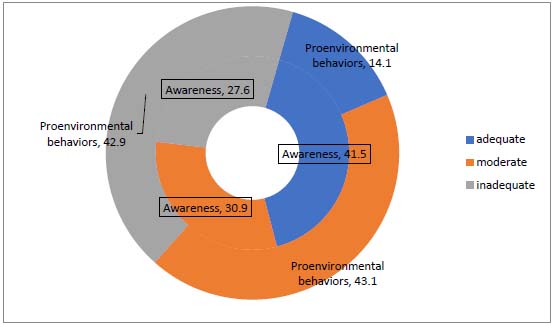The Open Environmental Research Journal is an open-access journal that publishes research articles, reviews/mini-reviews, letters, and guest-edited thematic issues in all areas of environmental studies and environmental sciences, including environmental planning and management, ecological engineering, environmental and biological monitoring, environmental pollution and toxicology, bioenergy production and environmental bioremediation, environmental education and policy analysis, environmental nanotechnology, natural environment and its conservation, natural or artificial environments, biodiversity, spatial scales, temporal scales, and methods that advance this multi-faceted and dynamic science. It also covers all aspects of humans and organisms; interrelationships with themselves and their environment; incineration; control and preventive methods for pollution, waste management, and environmental degradation; and environmental management. Climate change, soil sciences, and research on water resources are also included in this journal.
The Open Environmental Research Journal a peer-reviewed journal, is an important and reliable source of current information on developments in the field. Emphasis is placed on publishing quality papers, making them freely available to researchers worldwide.
The Open Environmental Research Journal is an international, peer-reviewed, open-access journal covering all aspects of environmental research published continuously by Bentham Open.





